The Cyprus Institute Researchers document the Shatby Necropolis in Alexandria, Egypt
Press Release 09:35 - 17 July 2023
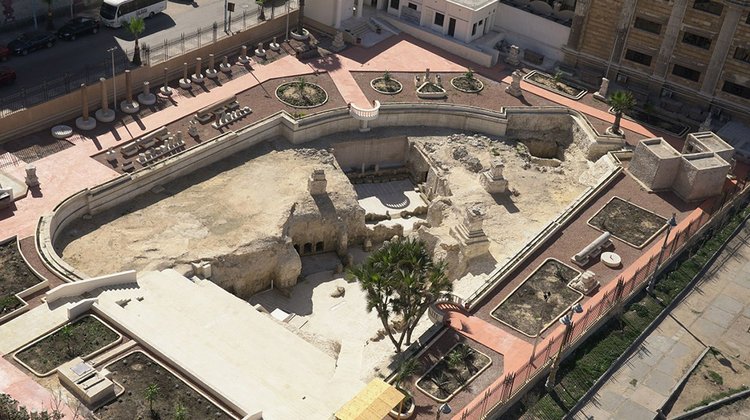
Following the completion of a thorough three-year preservation project, the Hellenistic-era Shatby Necropolis in Alexandria is now open to the public, both physically and digitally.
The official opening of the Shatby Necropolis took place at the beginning of May 2023 in conjunction with the international conference “Alexandria and Hellenism in Northern Egypt”, organised on the occasion of the 130th anniversary of the Archaeological Society of Alexandria. Researchers from STARC’s Andreas Pittas Art Characterization Laboratories (APAC Labs), presented their work on the digital documentation and 3D modeling of the necropolis, which is the first-ever complete scientific documentation of the site, providing an invaluable record for identification and documentation of threats to the site, both present and in the near future.
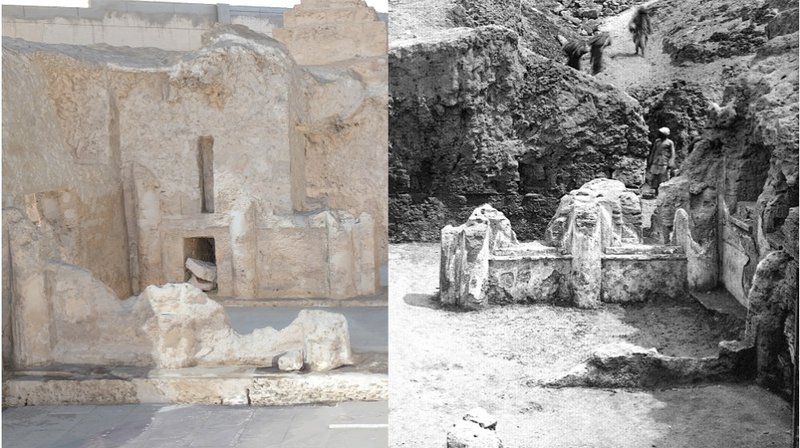
The conference and the opening of the site mark the successful completion of the Alexandrian Necropolis Project (2020-2023), a multidimensional archaeological project carried out by the Archaeological Society of Alexandria, with the participation of The Cyprus Institute / APAC Labs in the field of digital documentation, and of the University of Athens in the field of research. The project was generously supported by the A. G. Leventis Foundation.
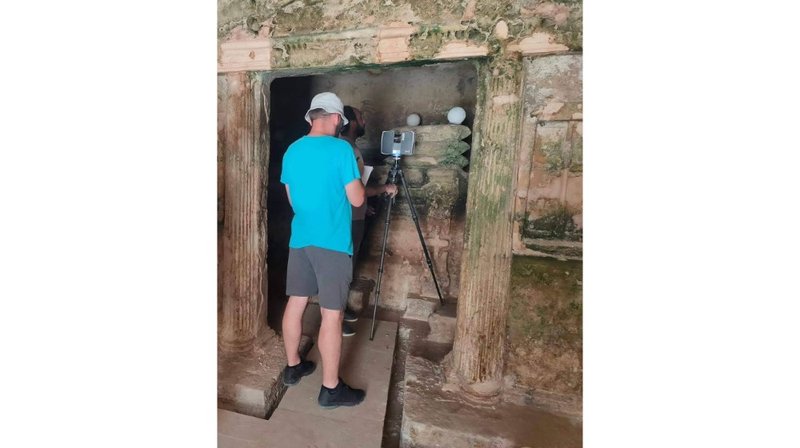
The APAC Labs team undertook the digital documentation of the site utilising advances in 2D and 3D imaging technologies as well as selected spectral and technical photography applications. The detailed 3D model provides the necessary documentation of the site’s current condition and state of preservation. Such detailed documentation is necessary to establish a detailed record of the monument, which offers much-improved documentation from the 1900s—which was rather incomplete due to time limitations. The site’s digital documentation allows also the identification of all alterations (natural and man-made) that have occurred at the site since its discovery, at least as captured by the 1900s plans.
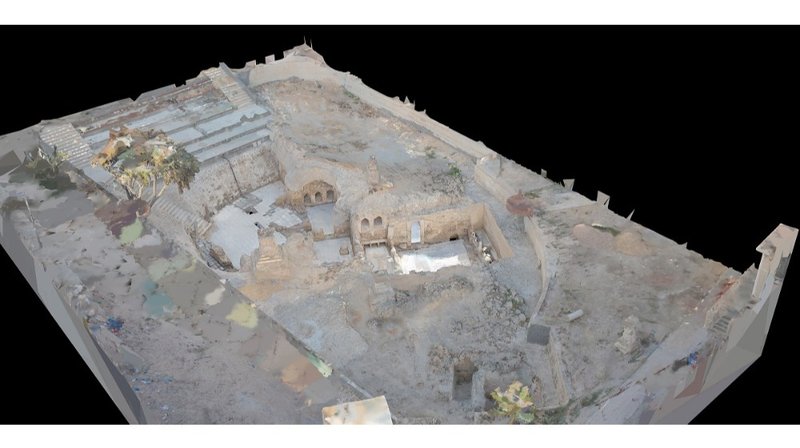
The cemetery was discovered in the first decade of the 20th century, during the systematic excavations of Evaristo Breccia, director of the Greco-Roman Museum of Alexandria, but the excavation was not completed. After decades of abandonment, the Archaeological Society of Alexandria expedition resumed the excavation of Breccia as part of the Alexandria Necropolis Project.
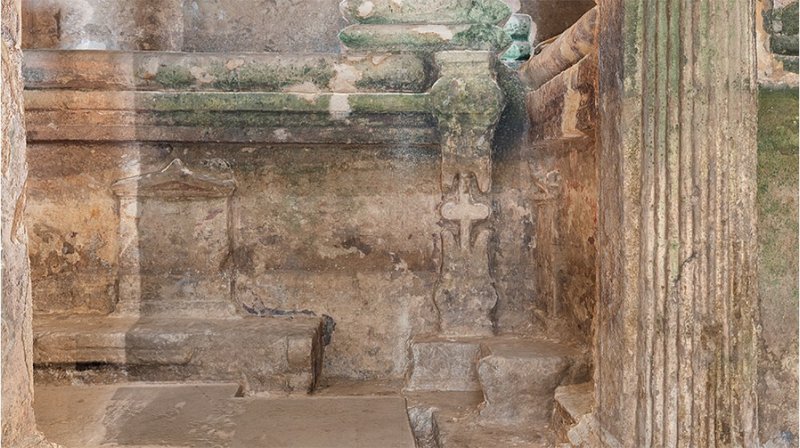
The excavations provided a complete picture of Hypogeum A, identifying among other things its ancient southern facade, anthropological material (skeletons) and objects in good condition. Among the abundant movable finds of the excavation are sculptures, coins, glass objects and ceramics, especially Hadra-type hydria, characteristic of the Alexandrian necropolis. After three years of systematic work (excavation, restoration, digital documentation, upgrading of the surroundings) the Hellenistic necropolis of Shatby is now a modern archaeological park, unique of its kind in Egypt.
